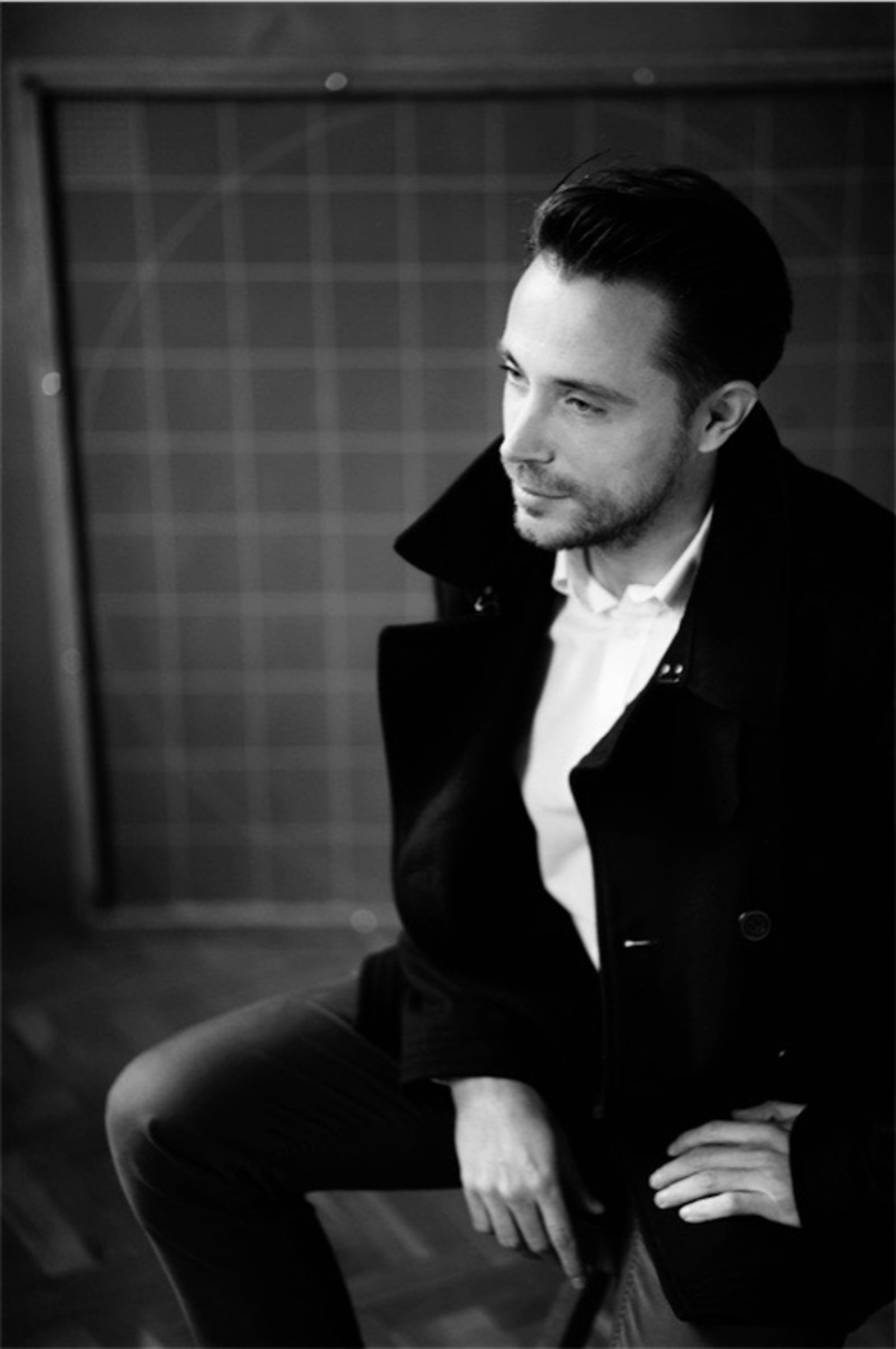artwork infos
landscape
3d
01:40
n/a

Vincent Ubags
Wind flower

Vincent Ubags
Smoke - Horizontal

Vincent Ubags
Trail Ways

Vincent Ubags
Compilation

Vincent Ubags
Trail Ways - Vertical

Vincent Ubags
Vase colored smoke

Vincent Ubags
The love volcano

Vincent Ubags
Flowfield
Vincent Ubags is a Belgian artist, born in 1982 in Liège. Passionate about drawing from an early age, he spends hours at his office to develop his technical skills. He then opted for graduate studies in computer graphics, then continued his training in self-taught after his studies in the field of acrylic painting then oil painting. In 2016, he began to take a real interest in digital arts and 3D when he became a technical assistant at Adobe in Maastricht, where he remained for two years. He then learns how to use creative software such as Cinema4D by following tutorials that can be found on the internet.
His initial goal was to combine his past as a painter with this new digital tool to create animated paintings. Bringing images to life is a fun way for him to express himself and share emotions with the viewer. His inspirations are very diverse: nature, science and literature are all areas that inspire him in his art, but he is also very inspired by Satisfying or ASMR videos that are mainly found on Instagram. He likes the idea of associating the notion of relaxation and well-being with therapeutic images.

Flowfield

3d
landscape
01:40
n/a
More from Vincent Ubags
More on digital art
Collections with the artist









